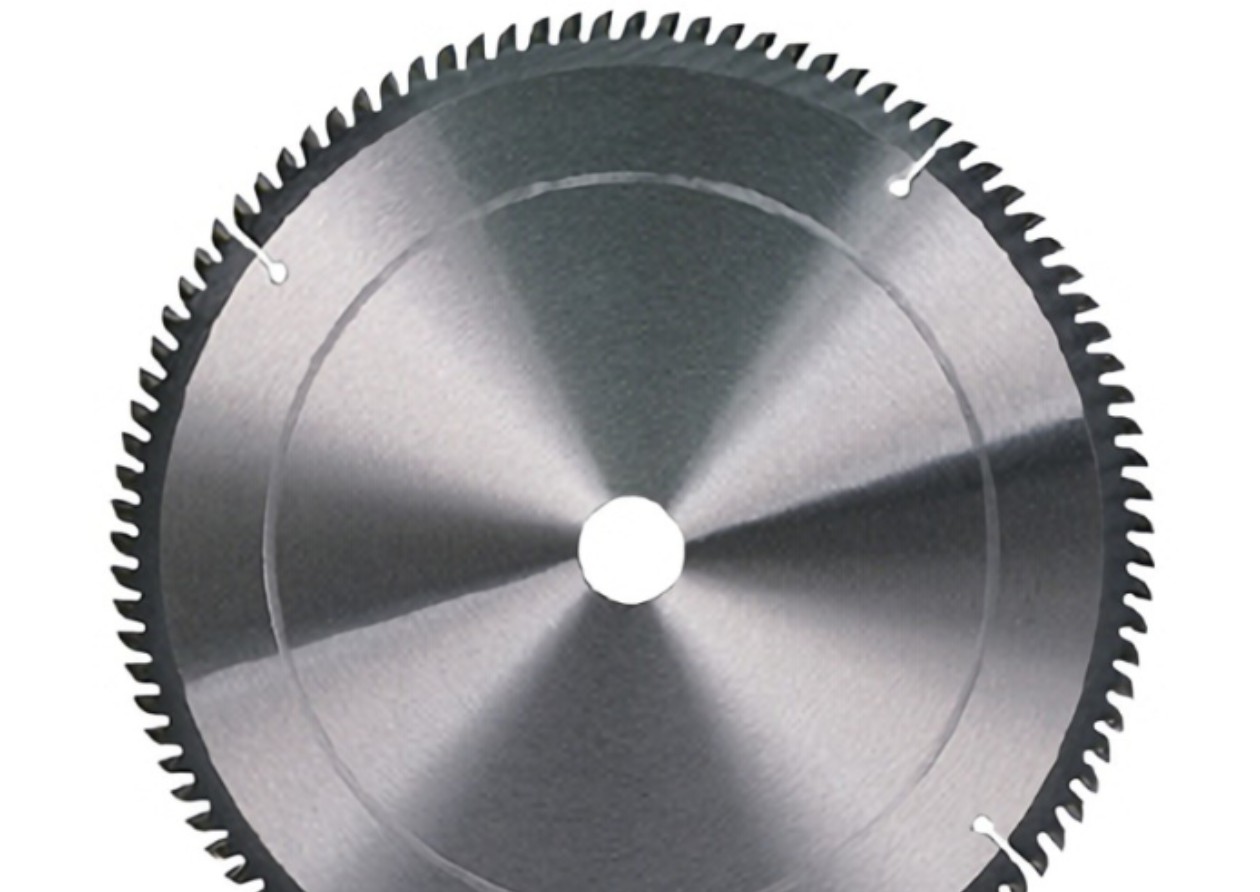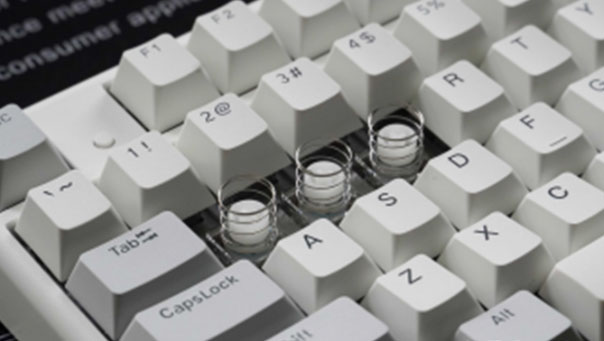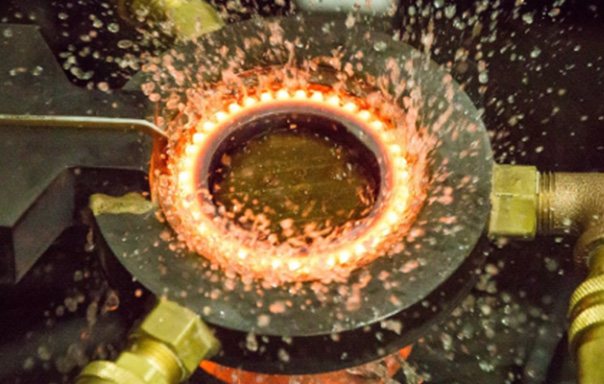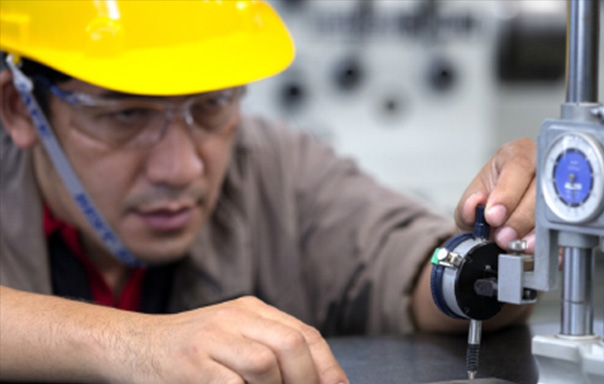The variety of cold-rolled steel strips available for tool applications is extensive
The user encountered today used to work with band saws ten years ago, then transitioned to electrical appliances. Now, due to insufficient domestic demand, they have discontinued electrical appliances and want to return to making band saws. Previously, they used 65Mn cold-rolled steel strips for band saws, but considering the changing times, they seek improvements, aiming to enhance hardness. After researching some heat treatment plants, they learned that the 60Si2Mn specified in GB/T 3279:2009 hot-rolled steel plate and steel strip standard is commonly used for band saws, and there are even customers interested in using SK85 for its superior material properties. Therefore, they contacted us to obtain some samples of 60Si2Mn.
During our discussion, I suggested that if they aim for improvement, JIS G4401:2009 cold-rolled steel plate and steel strip standard's SK85 could be a good option due to its higher hardness. Alternatively, Q/ASB 85:2014 hot-rolled steel plate and steel strip standard's 75Cr1 is widely used. These materials have multiple alloying elements, resulting in high hardness, good hardenability, and excellent toughness.
Materials like 65Mn, 60Si2Mn, 75Cr1, 80CrV, SK5, SKS51, and EN 10083-3:2006 hot-rolled steel plate and steel strip standard's 51CrV4, SK85 are commonly used in tool manufacturing. However, the choice depends on the specific tool application. For instance, tools requiring heat resistance, such as diamond saw blades, often use 75Cr1 or 51CrV4 cold-rolled steel strips.
On the other hand, products like scissors, gardening tools, and surgical blades primarily require hardness with some toughness. For these, SK85 or even SKS51 cold-rolled steel strips are preferred. However, 65Mn remains popular due to its affordability and cost-effectiveness. For thicker products like 4.0mm or 5.0mm 65Mn blades, customers may opt for specially ordered 65Mn-Cr cold-rolled steel strips with higher chromium content, which also offer ideal performance.
For this particular user, the decision between 65Mn and 60Si2Mn depends mainly on the silicon (Si) content. Silicon significantly enhances steel's elastic limit, yield point, and tensile strength, making it suitable for spring steel. Higher alloy content improves heat resistance and corrosion resistance. However, higher silicon content may reduce weldability.
Both materials have similar final tempered hardness. However, if the user requires good elasticity or heat resistance, 60Si2MnA cold-rolled steel strips would be preferable. But as 60Si2MnA is less commonly available in the market, it tends to be more expensive. If the user doesn't require these specific properties, 65Mn still offers high elasticity, making it suitable for applications like butterfly springs in automobiles. Additionally, it boasts high cost-effectiveness, availability, and diverse specifications.


Baoshan District,
Shanghai, China.



